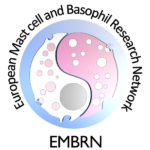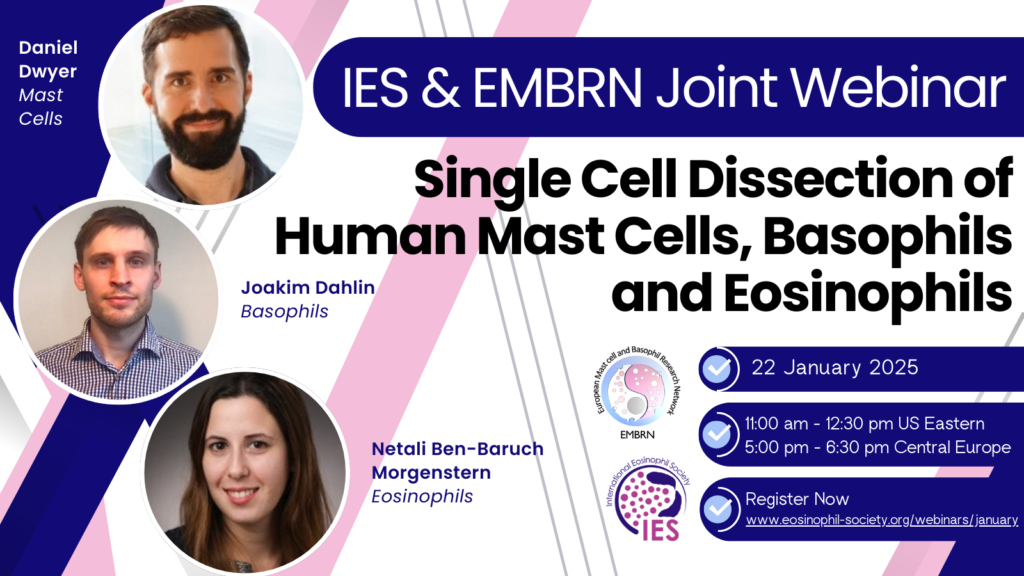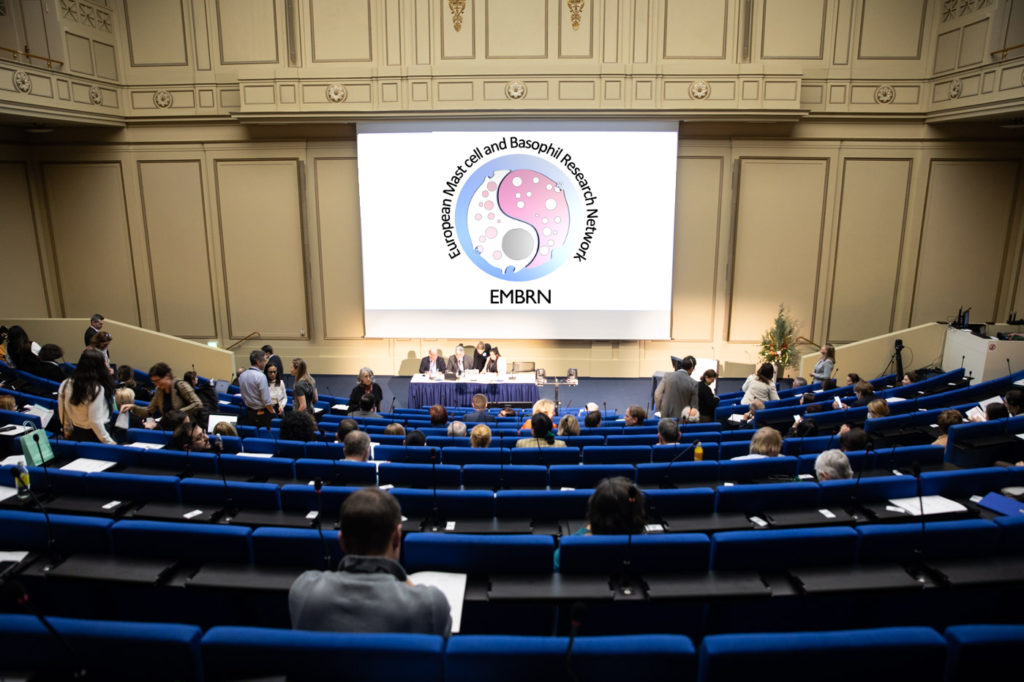Summary
Staphylococcus aureus (SA) and its exotoxins activate eosinophils (Eos) and mast cells (MCs) via CD48, a GPI-anchored receptor belonging to the Signaling Lymphocytes Activation Molecules (SLAM) family. 2B4 (CD244), an immuno-regulatory transmembrane receptor also belonging to the SLAM family, is the high affinity ligand for CD48. 2B4 is expressed on several leukocytes including NK cells, T cells, basophils, monocytes, dendritic cells (DCs) and Eos. In the Eos and MCs crosstalk carried out by physical and soluble interactions (named the ‘Allergic Effector Unit’, AEU), 2B4-CD48 binding plays a central role.
As CD48 and 2B4 share some structural characteristics and SA colonization accompanies most of the allergic diseases, we hypothesized that SA exotoxins (e.g., Staphylococcus enterotoxin B, SEB), can also bind and activate 2B4 and thereby possibly further aggravate inflammation. To check our hypothesis, we employed in vitro, in- silico and in vivo methods. By Enzyme-linked immunosorbent assay (ELISA), flow cytometry (FC), fluorescence microscopy and microscale thermophoresis (MST), we have shown that SEB can bind specifically to 2B4. By Eos short- and long-term activation assays, we confirmed the functionality of the SEB-2B4 interaction. Using computational modeling, we identified possible SEB-binding sites on human and mouse 2B4. Finally, in vivo, in a SEB-induced peritonitis model, 2B4-KO mice showed a significant reduction of inflammatory features compared to WT mice.
Altogether, the results of this study confirm that 2B4 is an important receptor in SEB-mediated inflammation and therefore a role is suggested for 2B4 in SA associated inflammatory conditions.
Citation
Pratibha Gaur and others, 2B4 – A potential target in Staphylococcus aureus associated allergic inflammation, Clinical and Experimental Immunology, 2023;, uxad089,



